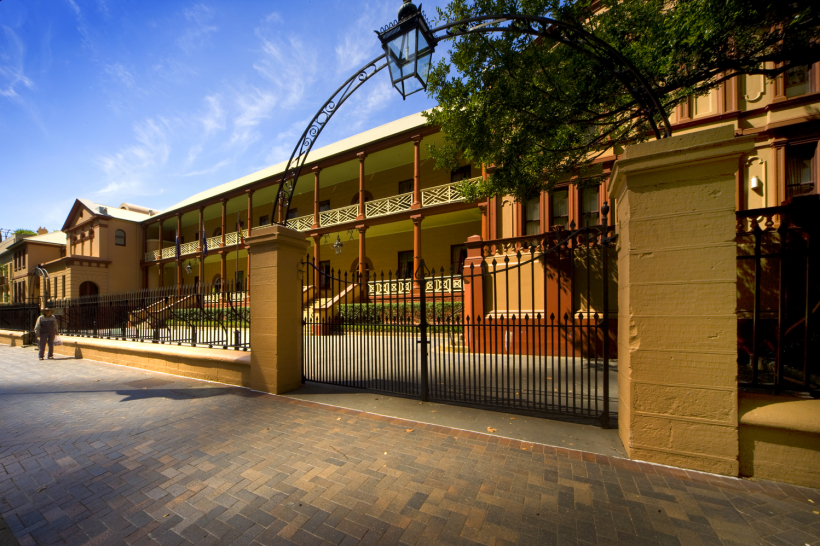An in-flight fire and smoke incident involving a Saab 340 freight aircraft over New South Wales last year highlights the importance of operators ensuring flight crews are aware of differences in aircraft configurations.
On 23 April 2023, the Saab 340A was being used for a non-revenue positioning flight from Wagga Wagga, New South Wales, to Charleville, Queensland with a captain and first officer on board. The aircraft was owned by Pel-Air and was being operated by flight crew from Pel-Air’s sister company Regional Express (Rex).
While in cruise, the flight crew received a cargo smoke indication on the central warning panel, and fitted their oxygen masks and smoke goggles as a precaution.
A short time later, the cockpit filled with smoke.
“Commencing a diversion to Cobar, the first officer made a PAN-PAN call, and thick smoke filled the flight deck, preventing the crew from effectively seeing external visual references, or the aircraft’s flight instruments,” ATSB Director Transport Safety Dr Stuart Godley said.
While the crew was completing emergency checklists, there were warnings for avionics smoke, the cabin depressurised, and there was a right engine fire detection fail indication.
Fortunately, the crew was able to land at Cobar and evacuate the aircraft on the runway, uninjured.
Fire and Rescue personnel located a heat source at the air conditioning pack, and doused the area with water. An internal inspection later found fire damage in the area around the right recirculating fan.
An investigation by the ATSB determined the in-flight fire likely stemmed from the failure of the recirculating fan’s electronic box sub-assembly.
The investigation’s final report notes the aircraft had been operated by Rex as a passenger aircraft, before being modified to cargo configuration in 2009, for operation by Pel-Air.
“The Rex pilots usually operated passenger aircraft and were not familiar with the cargo-configuration of this aircraft, and Rex did not ensure its flight crews received training in the differences between passenger and freight-configured Saab 340 aircraft,” Dr Godley explained.
Further, it was identified both Pel-Air and Rex’s flight crew operating manuals did not include reference to the location and operation of the cross-valve handle, and the pilots were unable to locate it during the emergency checklist procedures, due to smoke.
Closing of the cross-valve was part of the checklist to address a cargo compartment smoke event, and the pilots were therefore unable to properly action this checklist, despite searching for more than a minute for the cross-valve handle.
The investigation also found the smoke curtain (to isolate the cargo area) was not in place for the flight, as is required for the cargo configuration of the Saab 340, and Saab’s pre-flight documentation for the cargo-configured 340 did not require crews to confirm that a smoke curtain was fitted.
The absence of a curtain, and the flight deck door being open, allowed smoke from the fire to enter the flight deck.
“The depressurisation occurred when the fire weakened the fuselage structure,” Dr Godley explained.
“Fortunately, this depressurisation aided in the removal of enough smoke from the flight deck, to allow an unhindered approach into Cobar.”
Since the occurrence, Rex has amended its flight crew operating manual to require flight crews to verify the position of the cross-valve handle during pre-flight checks.
The operator has also updated training information delivered in their ground school to cover the cross-valve system for cargo-configured Saab 340 aircraft.
Pel-Air has also revised its flight crew operating manual, with a caution that the smoke barrier curtain must be installed whenever combustible material is carried.
Finally, Saab has revised its preparatory and walk-around pre-flight checklists to include the fitting of the smoke barrier curtain when carrying cargo in cargo-configured 340s.
“As this occurrence demonstrates, it is essential operators ensure flight crews are conversant with differences in aircraft configurations when required,” Dr Godley summarised.
“Similarly, flight crew operating manuals must be relevant for the aircraft configuration, and manufacturer pre-flight checklists must cover the modifications fitted, so operators can write the appropriate documentation for flight crews.”
You can find here the final report: In-flight fire and cabin smoke involving Saab 340A, VH-KDK, 114 km east-north-east of Cobar, New South Wales, on 23 April 2023






